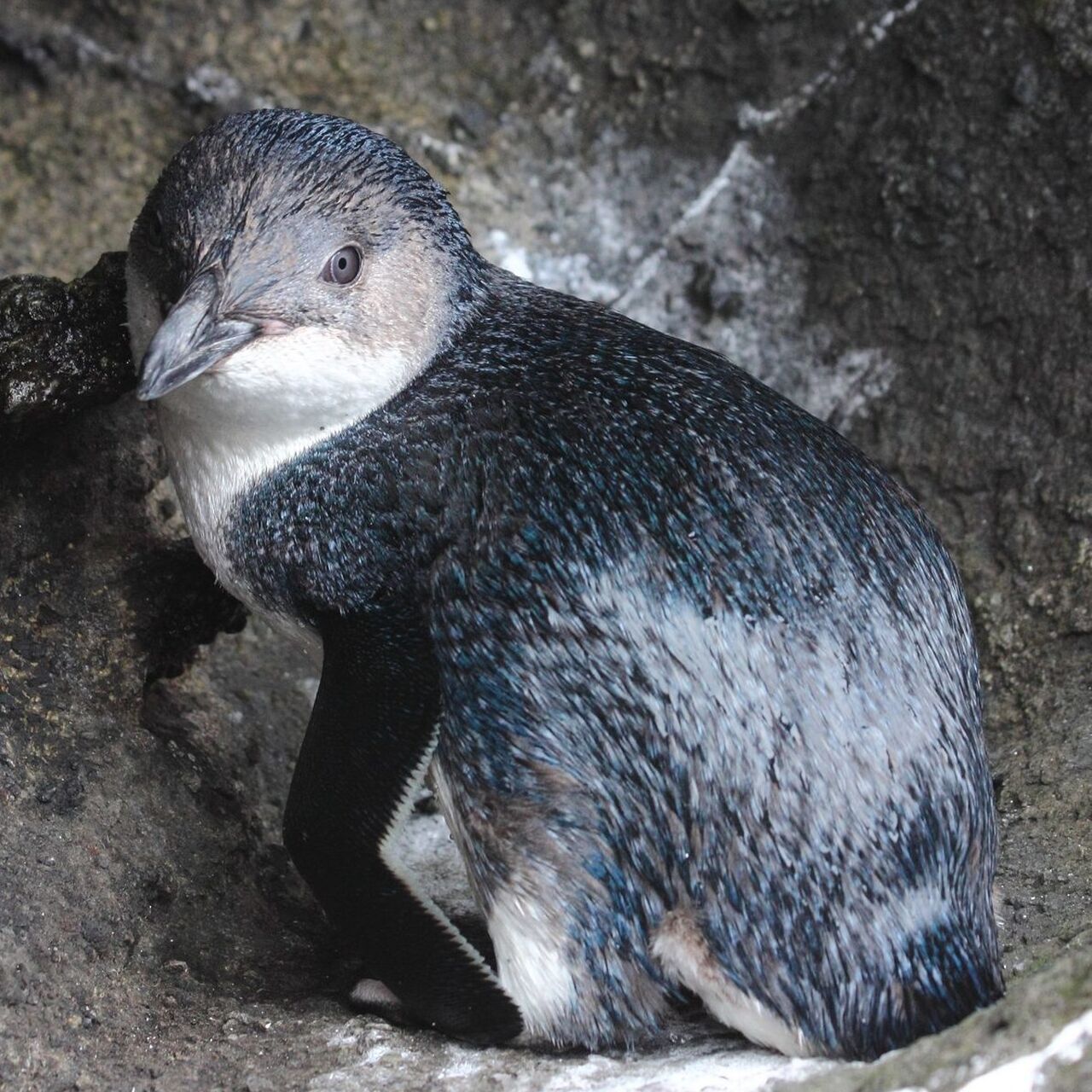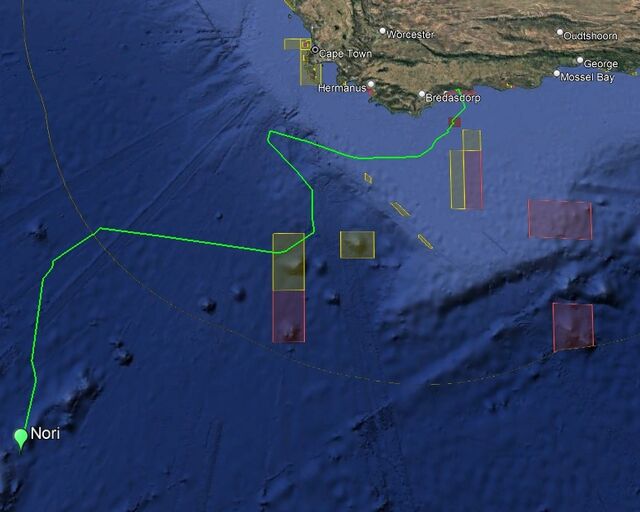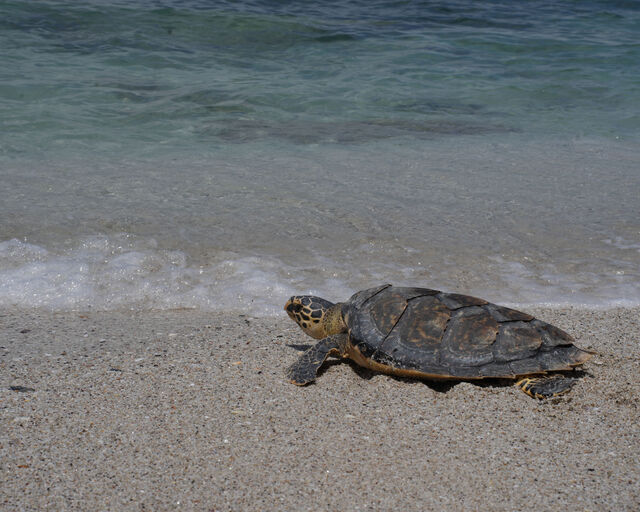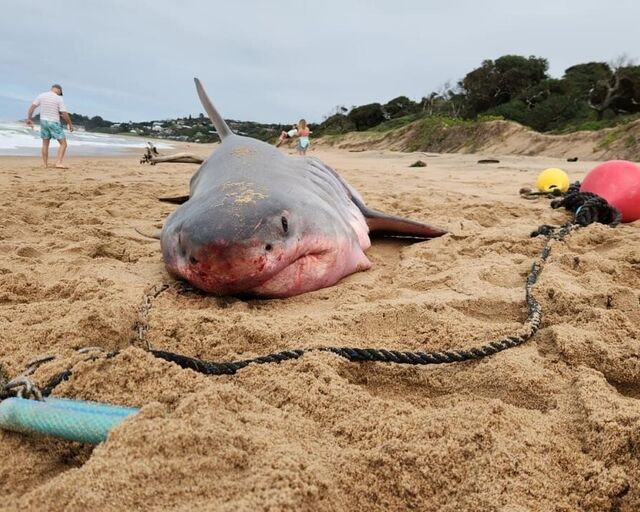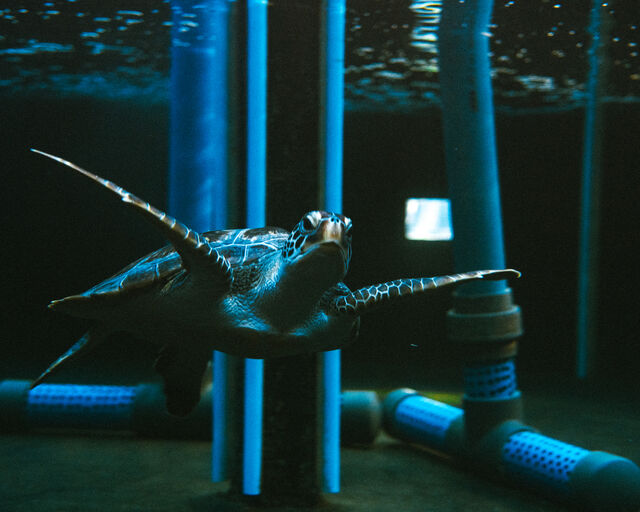Warning: High risk of controversy and/or cuteness. The world's penguins are a diverse and interesting bunch. Part of that diversity is the range of species - but where the species line is drawn is difficult to determine, especially in animals that are as closely related as penguins. Taxonomists agree that there are at least 16 penguin species, but there are arguments to be made for up to 22! Whether species, subspecies or colour morphs* - here are the 28 "types" of penguins that walk the earth.
1. African penguin
African black-footed penguins (Spheniscus demersus) are the only species of penguin native to Africa, living only in South Africa and Namibia. They use their noisy birdsong to identify each other, find a mate and ask for food.
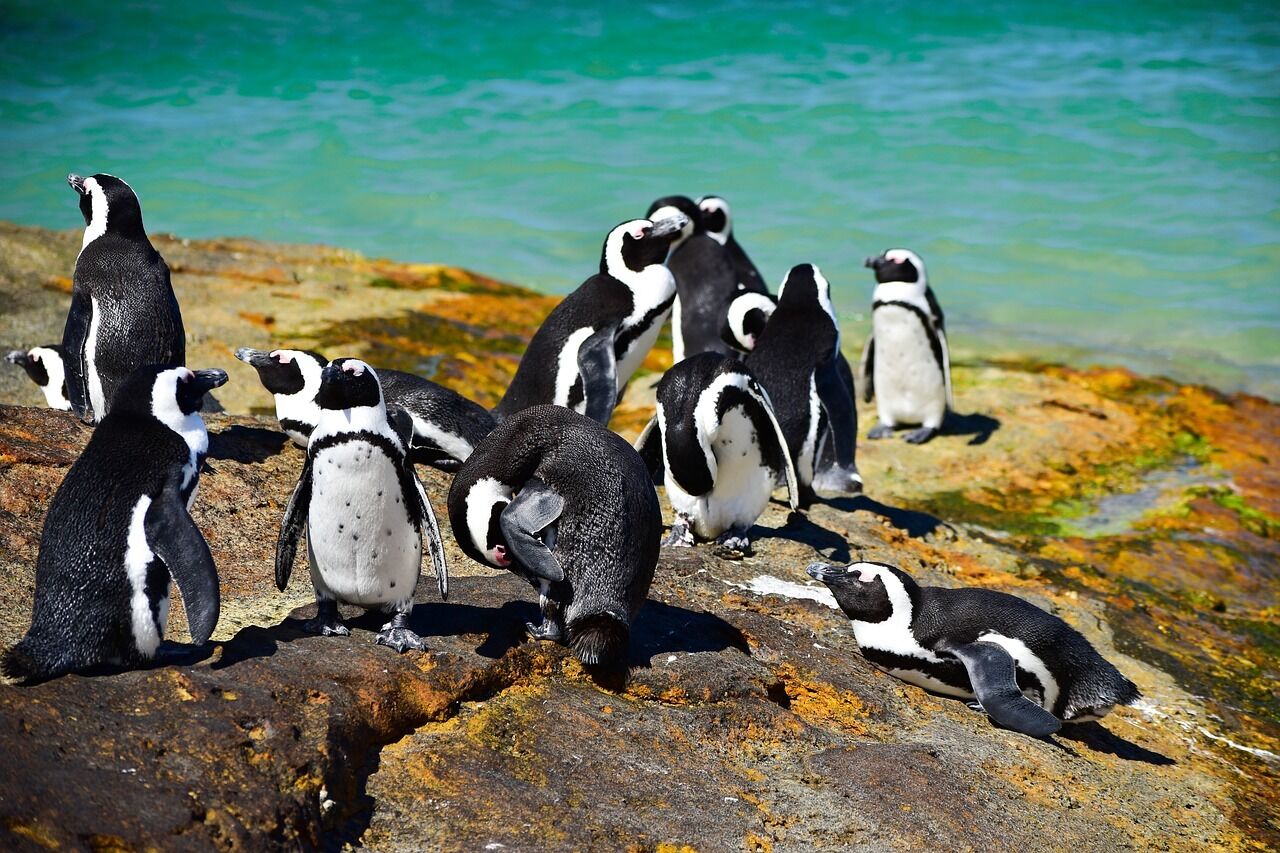
2. Northern rockhopper penguin
Northern rockhoppers (Eudyptes moseleyi) are native to Tristan da Cunha and Gough Island. Inhabiting naturally uninhabited islands, these little birds have little fear of humans and treat us with curiosity - all they want is your love and respect.
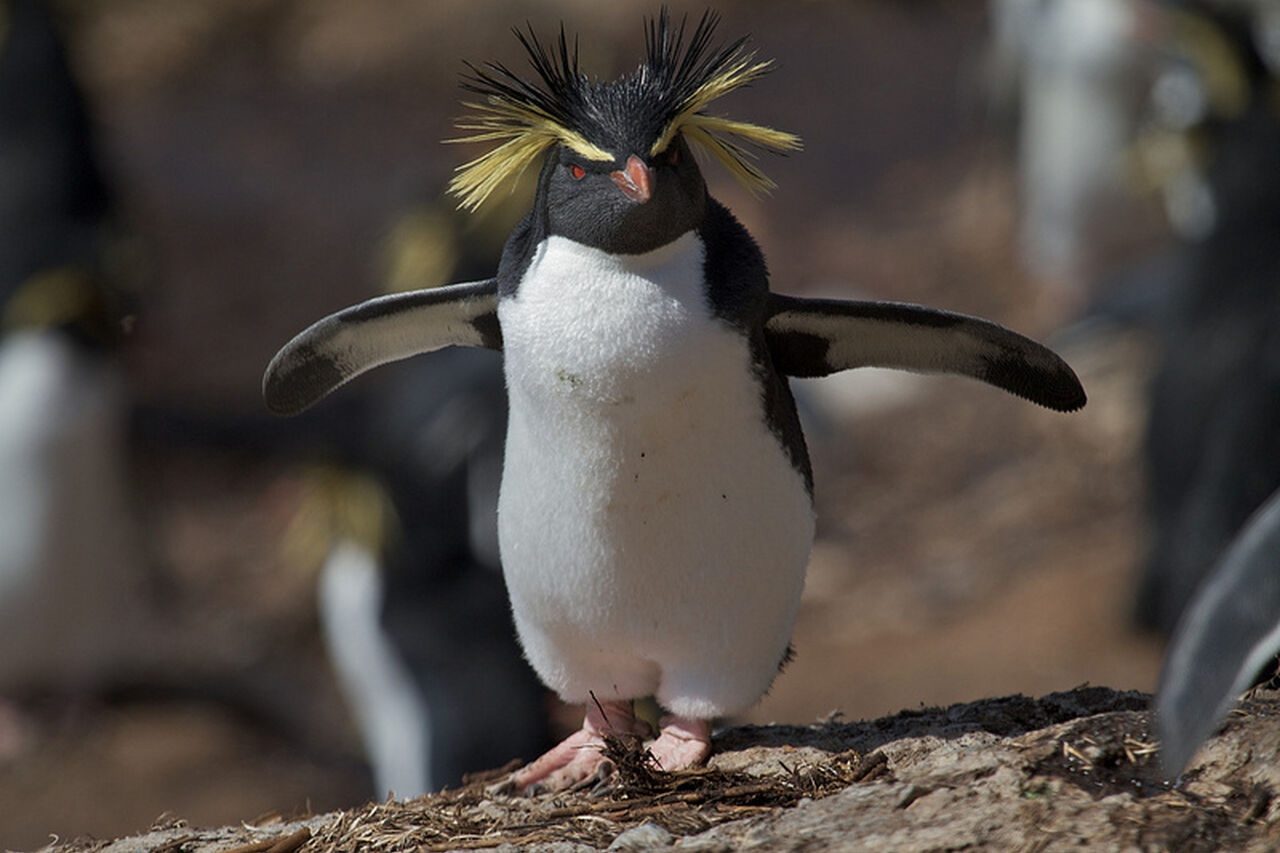
3. King penguin
King penguins (Aptenodytes patagonicus patagonicus) are native to the frozen and cold islands of the southern Atlantic Ocean, particularly the Falkland Islands. These penguins are stunningly beautiful, but their fuzzy brown chicks may just be the ugly ducklings of all penguins. These majestic birds are the second largest penguin species.
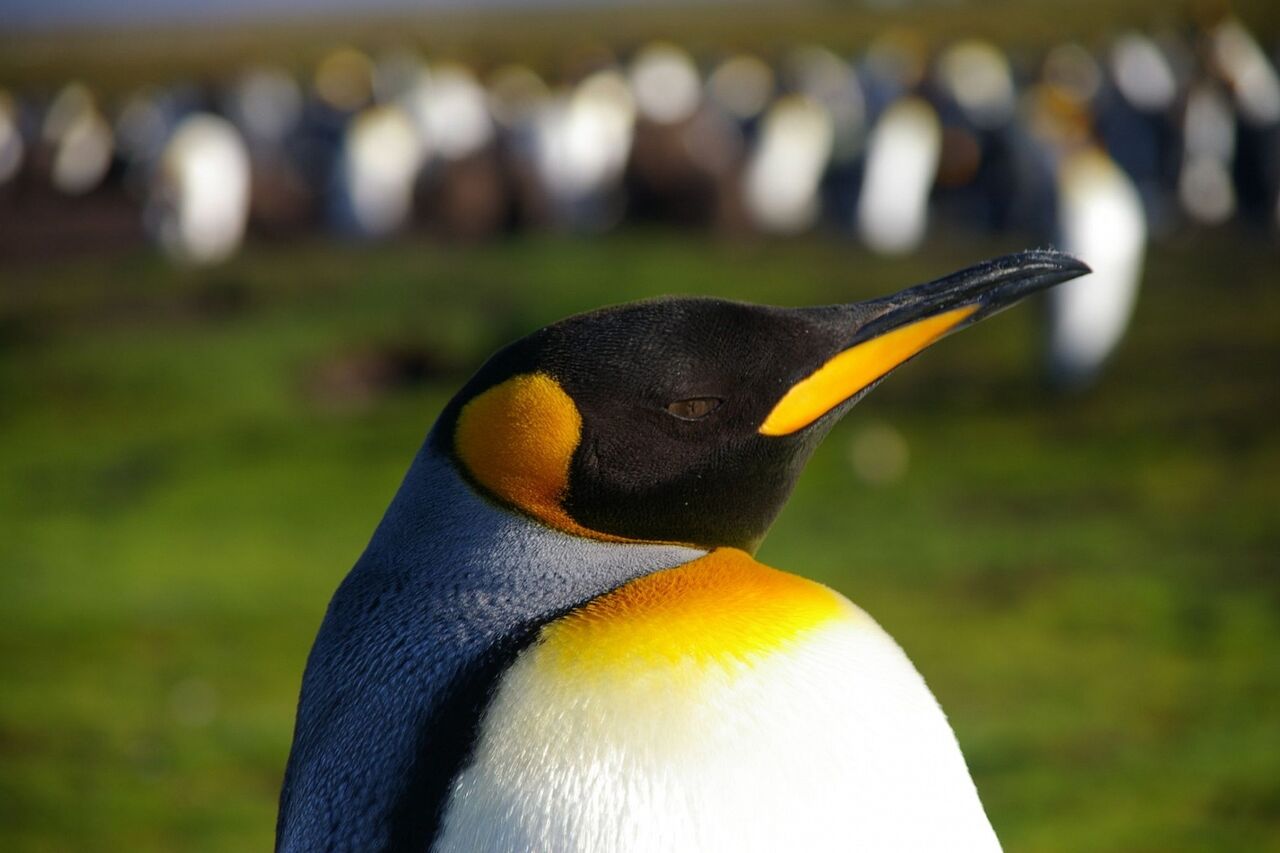
4. Adélie penguin
For many people, Adélie penguins (Pygoscelis adeliae) are by far the cutest species, but did you know that these Antarctic predators are one of the region's most fierce hunters. Unfortunately, climate change is affecting their food source and thousands of their chicks starve every year.
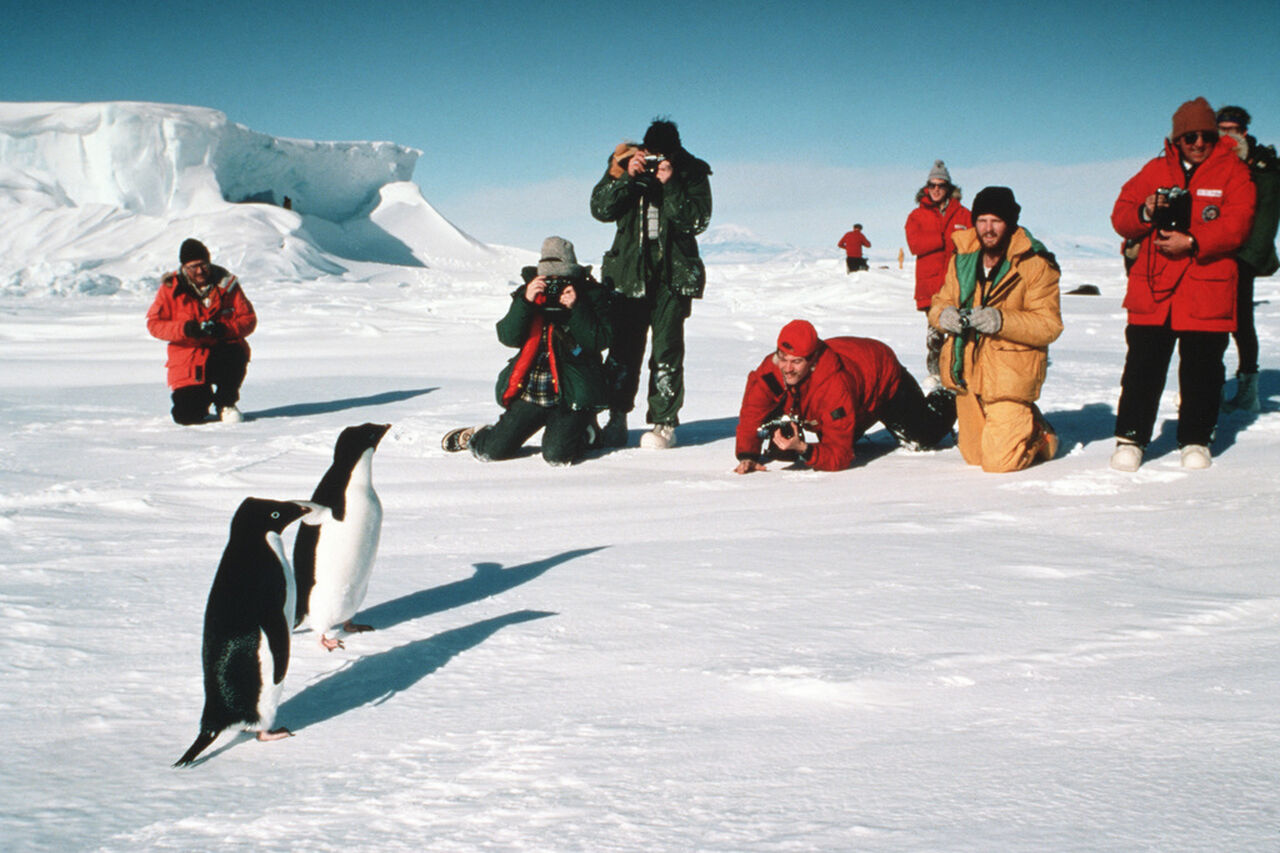
5. Fairy penguin
Fairy penguins (Eudyptula minor minor), also known as southern little penguins, inhabit the western and southeastern coasts of the southern island of New Zealand. Fairy penguins and other little penguin subspecies are the smallest penguins on the planet, and the only ones with blue eyes and feathers.
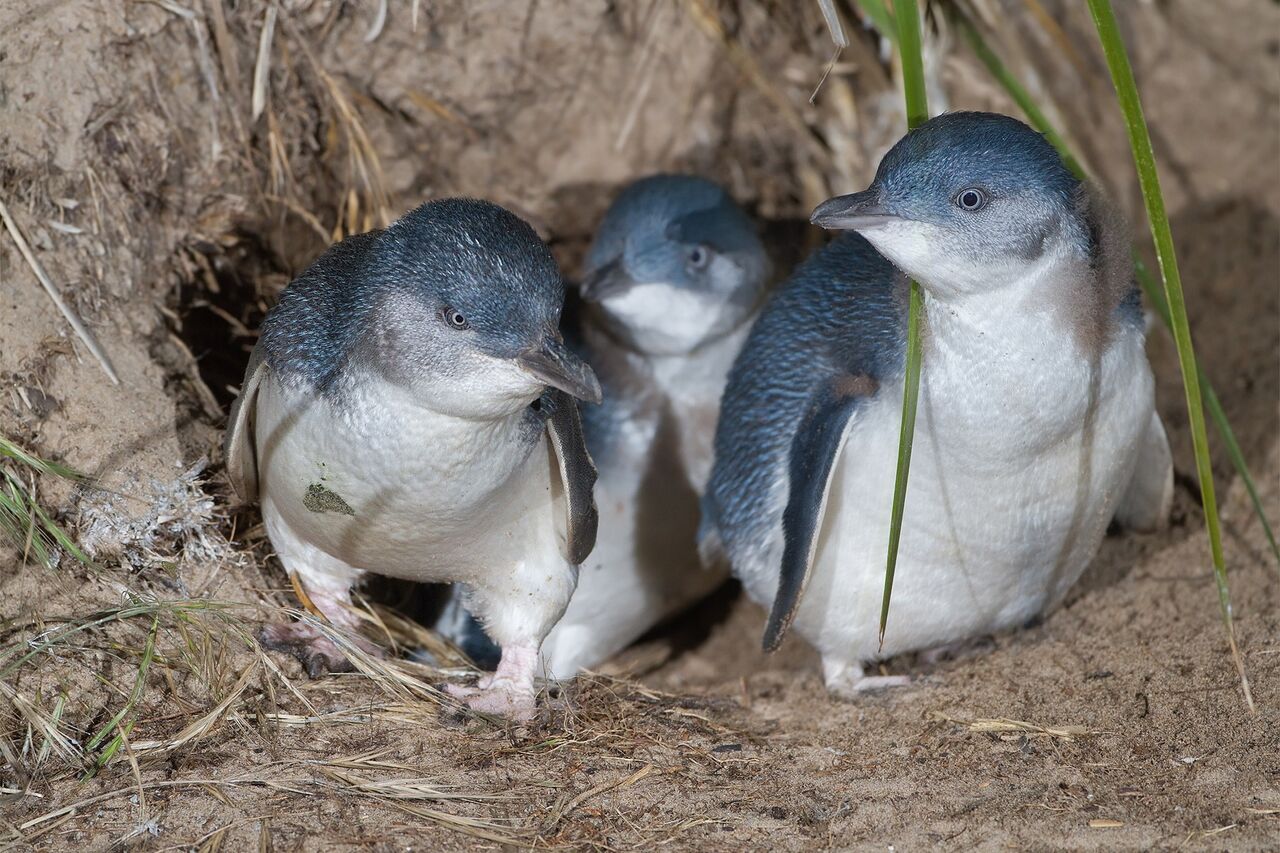
6. Yellow-eyed penguin
The uninspiringly-named yellow-eyed penguins (Megadyptes antipodes) call New Zealand's South Island home, where they are known as "hoiho" - Maori for "noise shouter". With fewer than 3 400 of these penguins remaining, they are the species facing the most critical risk of extinction in the very near future.
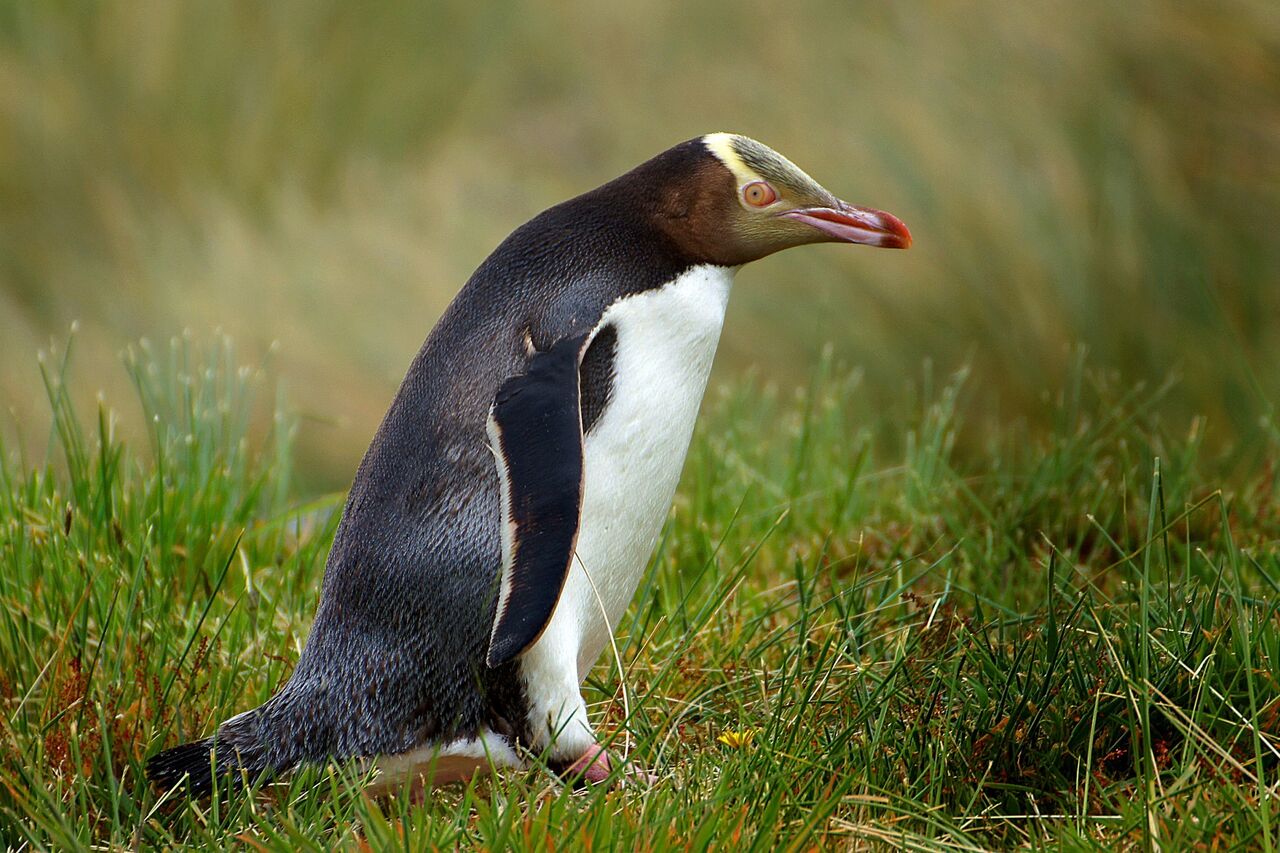
7. Chinstrap penguin
Chinstrap penguins (Pygoscelis antarcticus) call the shores of Antarctica and several Pacific and Southern Ocean islands home. Not only do chinstrap penguins look like they are wearing little army helmets all the time, but they are the most common penguin on Antarctica - with almost 13 million individuals.
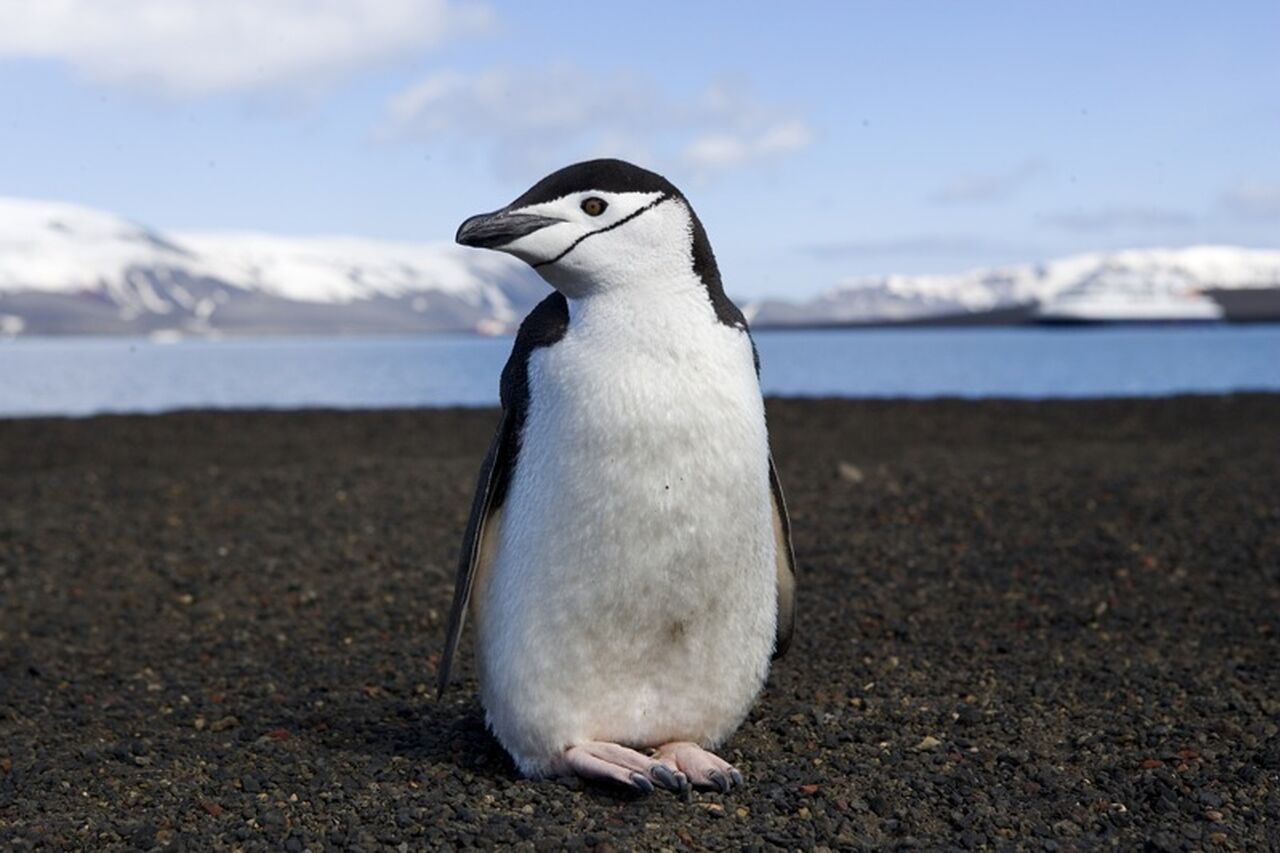
8. Magellanic penguin
Magellanic penguins (Spheniscus magellanicus) look very similar to African penguins, but they have a dark black neck stripe which distinguishes them from their African cousins. They inhabit the southern coasts of South America, but do occasionally nest as far north as Brazil. Unlike their African counterparts, Magellanic penguins actively hunt jellyfish!
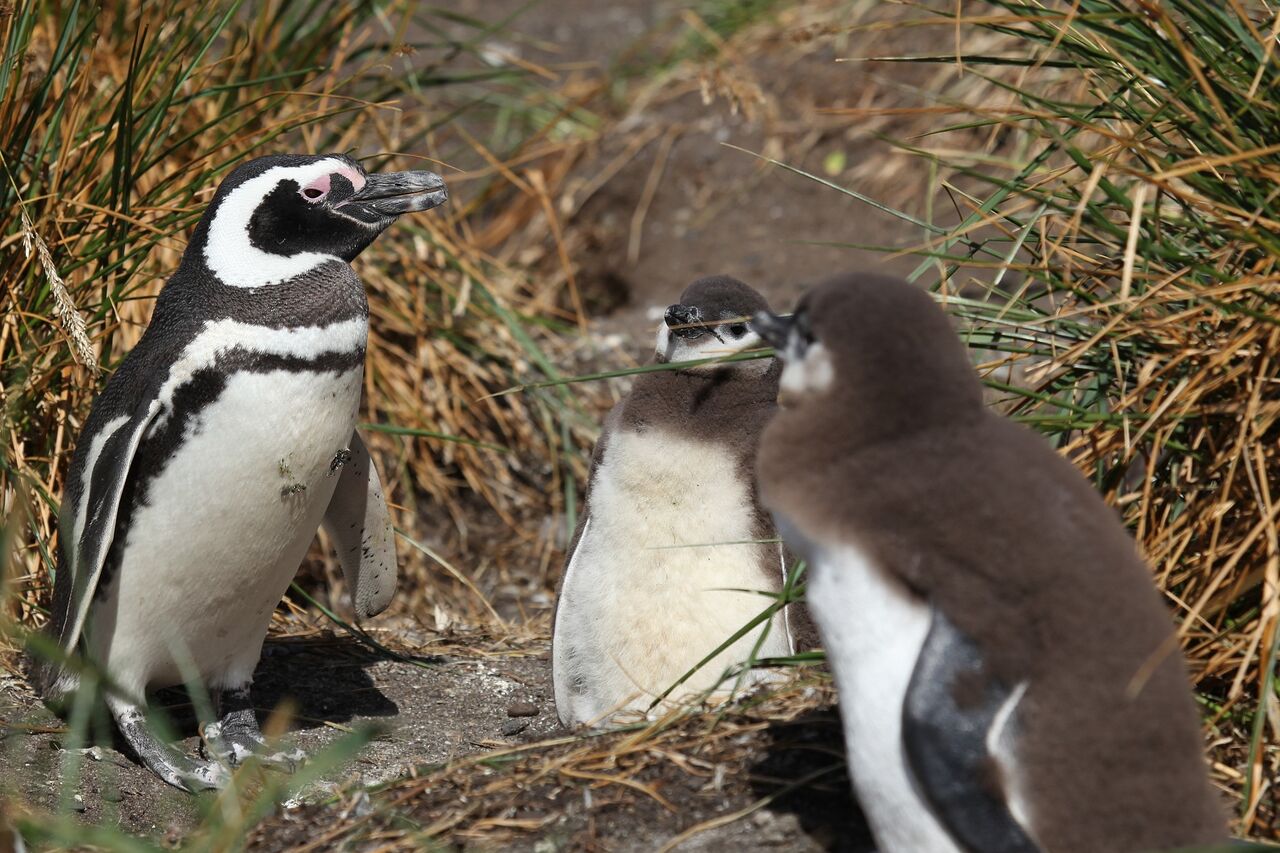
9. Southern rockhopper penguin
Southern rockhopper penguins (Eudyptes chrysocome chrysocome) call the Falkland Islands home. They look very similar to other rockhoppers, but do not have the usual patch of pale skin below their beaks, and a few black feathers in their crests. They are cute, but their birdsong is very rough and they are probably the least musical penguin.
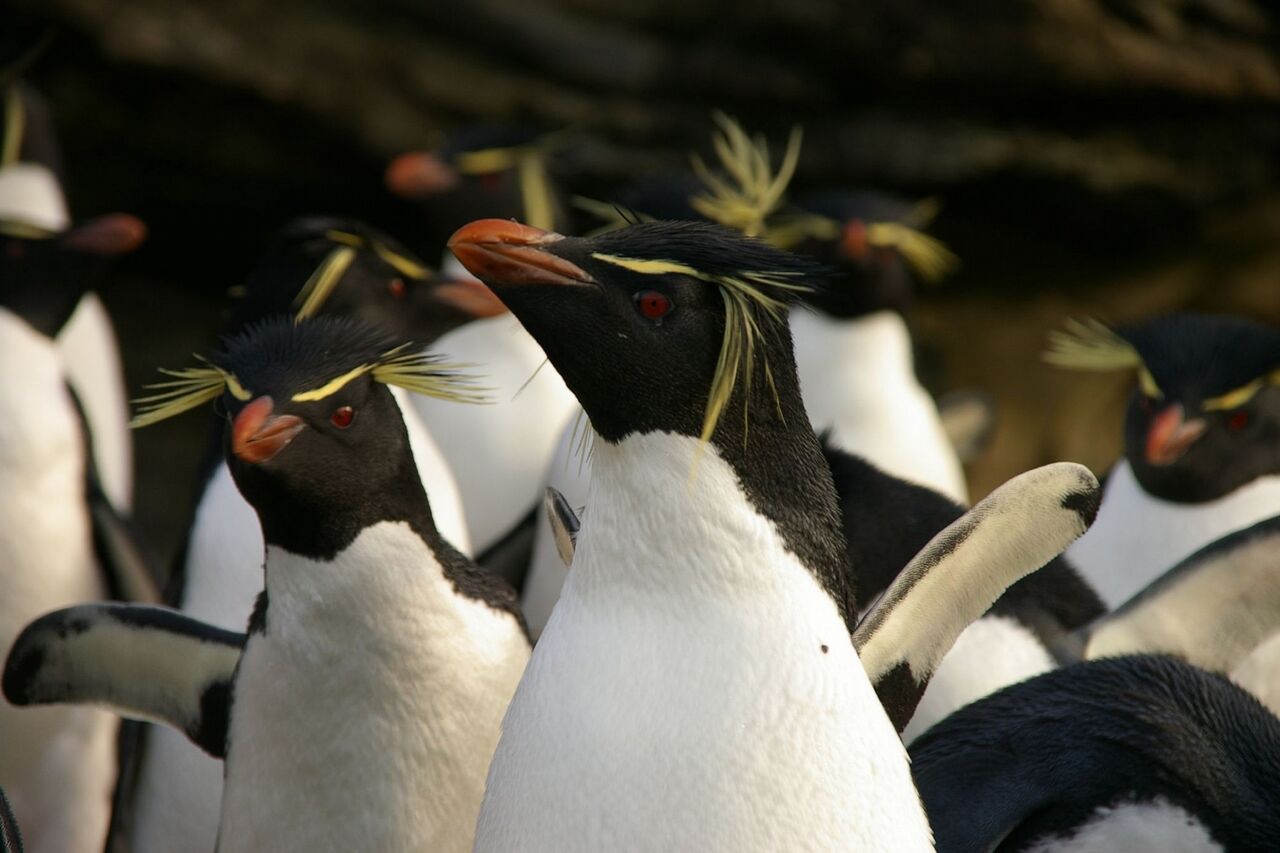
10. Macaroni penguin
Macaroni penguins (Eudyptes chrysolophus) are the most abundant species in the world, with almost 24 million penguins in 260 colonies spanning South America, Australia, Antarctica and Marion Island - more than all other penguins combined. They are vulnerable, as almost all colonies are under threat from human settlement, but huge conservation efforts are being made to protect these little ones in Chile and Argentina.
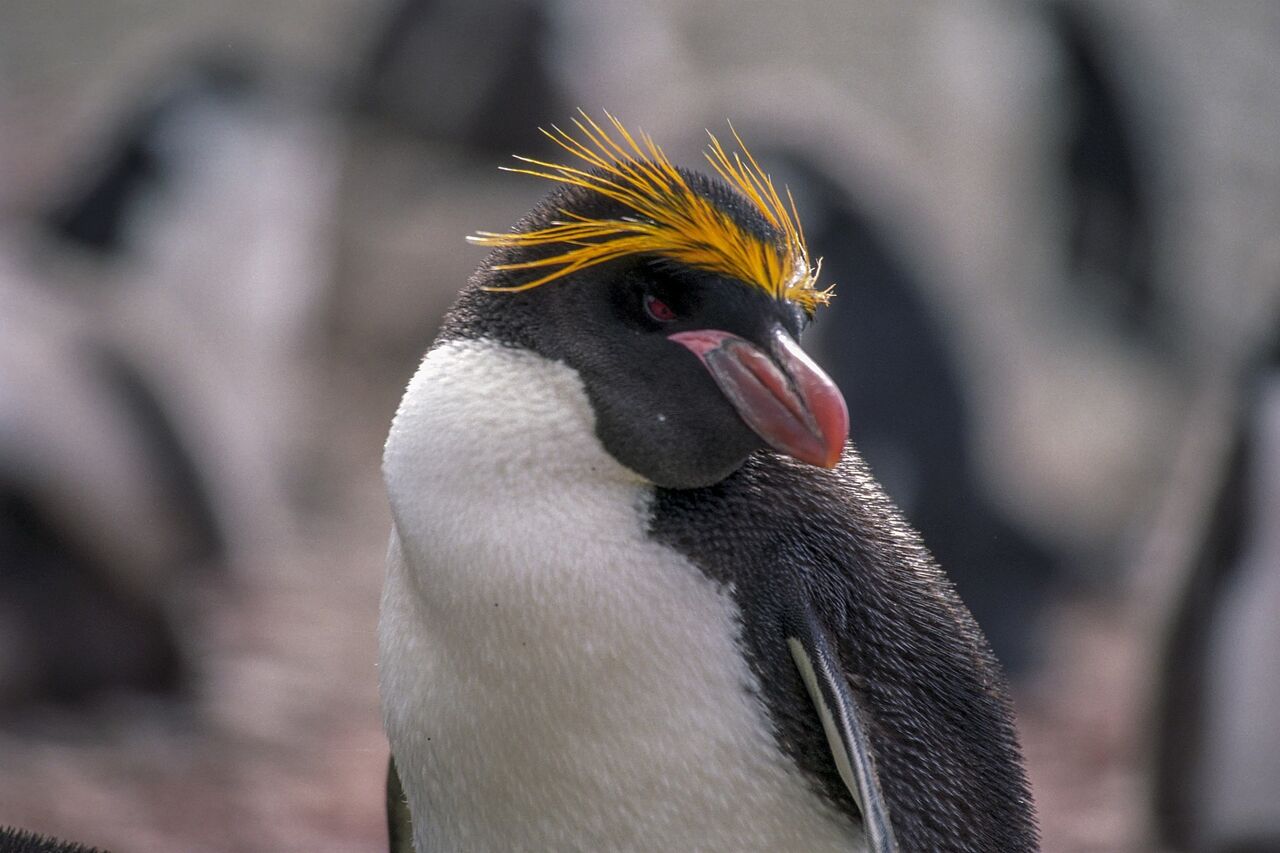
11. Australian little penguin
Australian little penguins (Eudyptula novaehollandiae), live on the southern Australian coast, Tasmania and a single small colony in New Zealand. They were only recently determined to be a unique species by DNA testing. Australian little penguins "speak" with a higher pitched "accent" than their closely related New Zealand cousins.
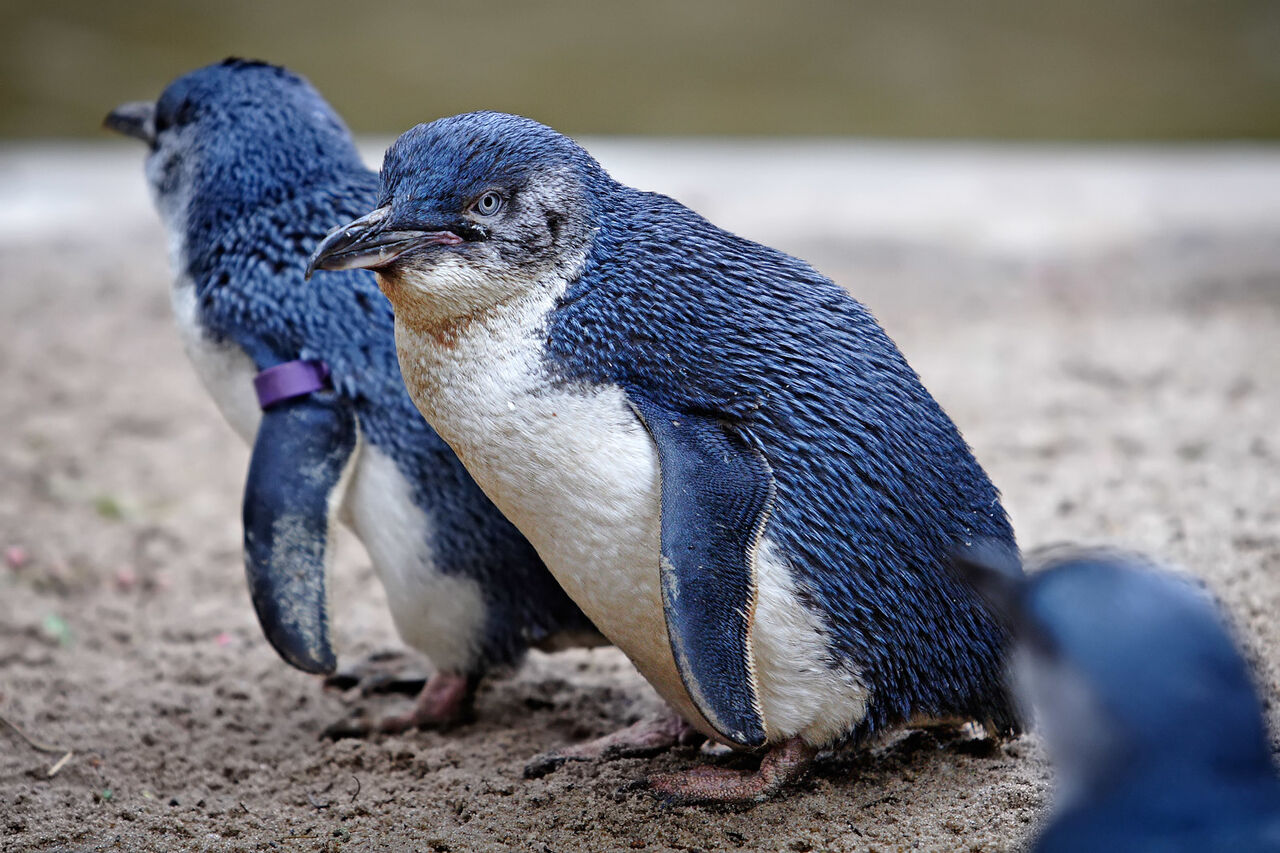
12. Emperor penguin
Emperor penguins (Aptenodytes forsteri) are the largest and tallest of all the penguins, and call the shores of Antarctica home. These penguins nest almost exclusively on Antarctic sea ice, making them the only bird species that never sets foot on land.
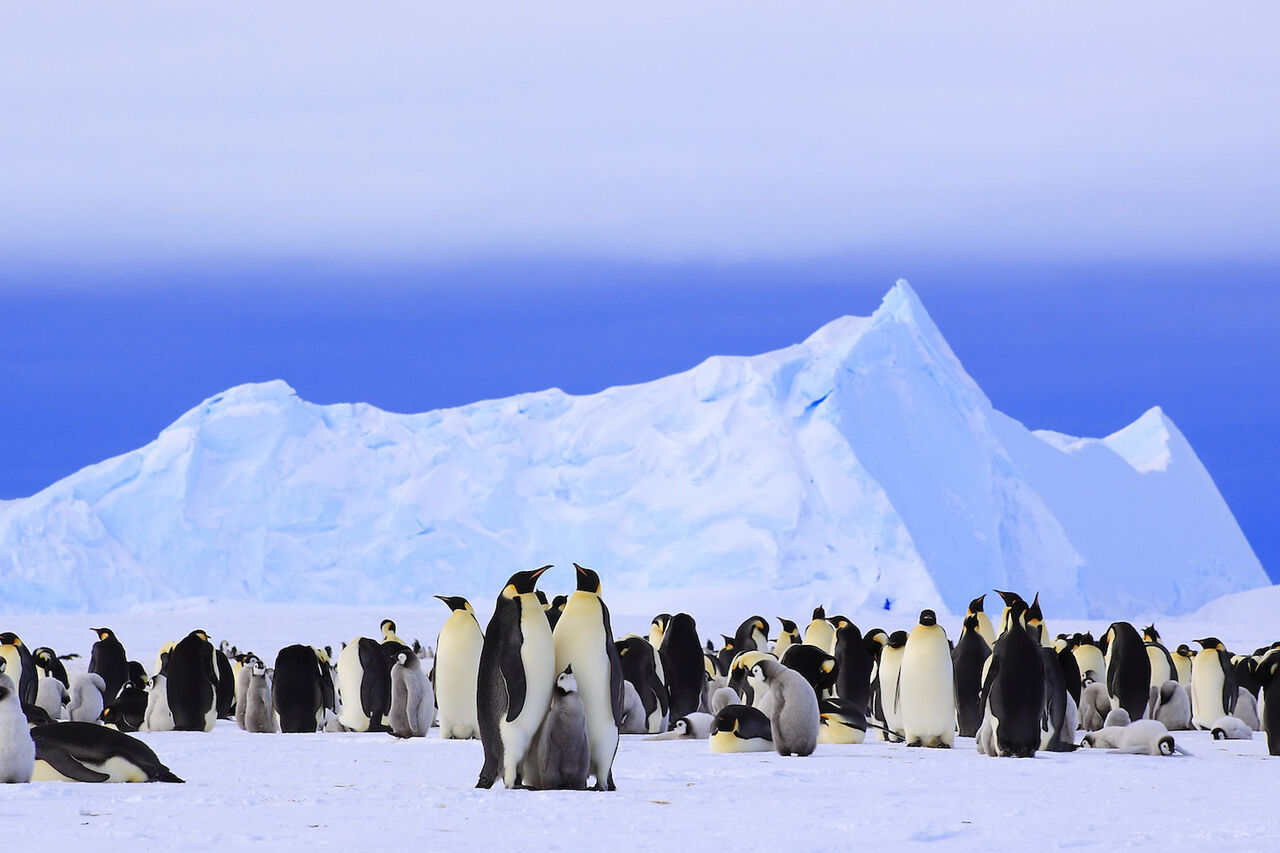
13. Snares penguin
Snares crested penguins (Eudyptes robustus) are very unusual, nesting in open coastal forests on small islets around New Zealand's South Island. The main way these penguins communicate is by chest pumping to attract mates and bowing regularly to their partners and children.
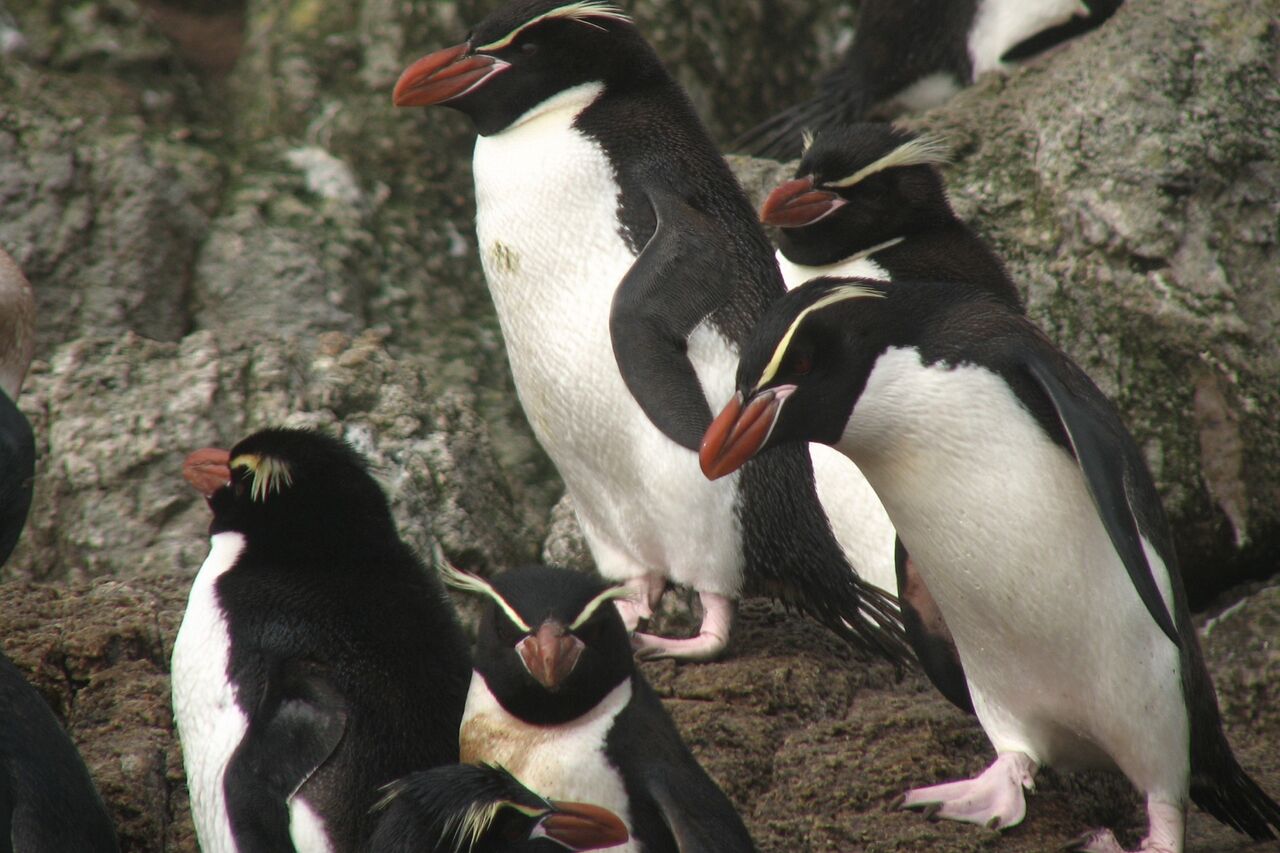
14. Galápagos penguin
Galápagos penguins (Spheniscus mendiculus) are the northernmost species of penguin, living on the equatorial Galápagos archipelago. They are a banded penguin, closely related to the African penguin, but far smaller. Their small size allows them to subsist entirely on small coastal minnows and shellfish, avoiding deep-water predators.
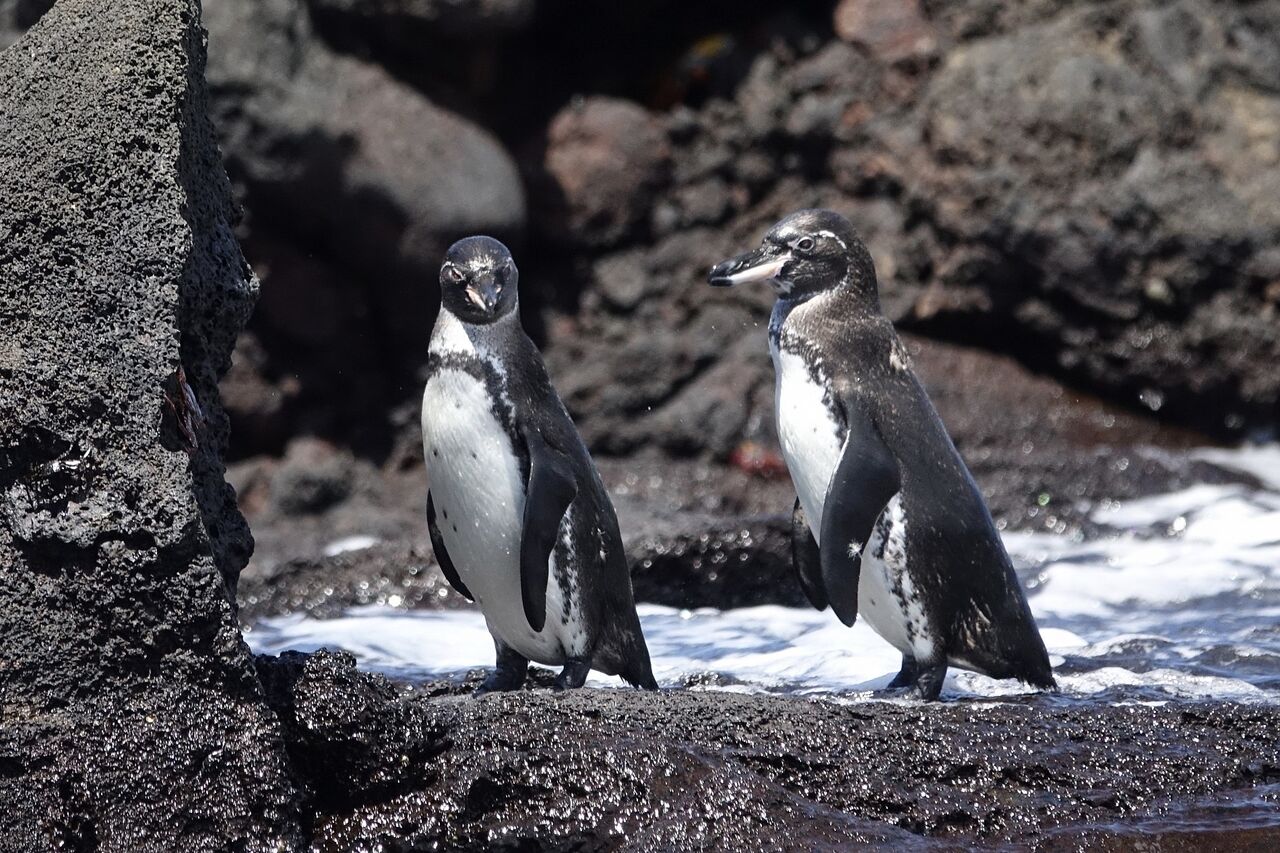
15. Erect-crested penguin
Inhabiting Bounty and Antipodes Islands of New Zealand, erect-crested penguins (Eudyptes sclateri) are serious long-distance swimmers - hunting as far as South America and Antarctica to fatten up for their summer moults. We think they have the coolest hairstyles of all penguins - and they spend large amounts of time grooming each other!
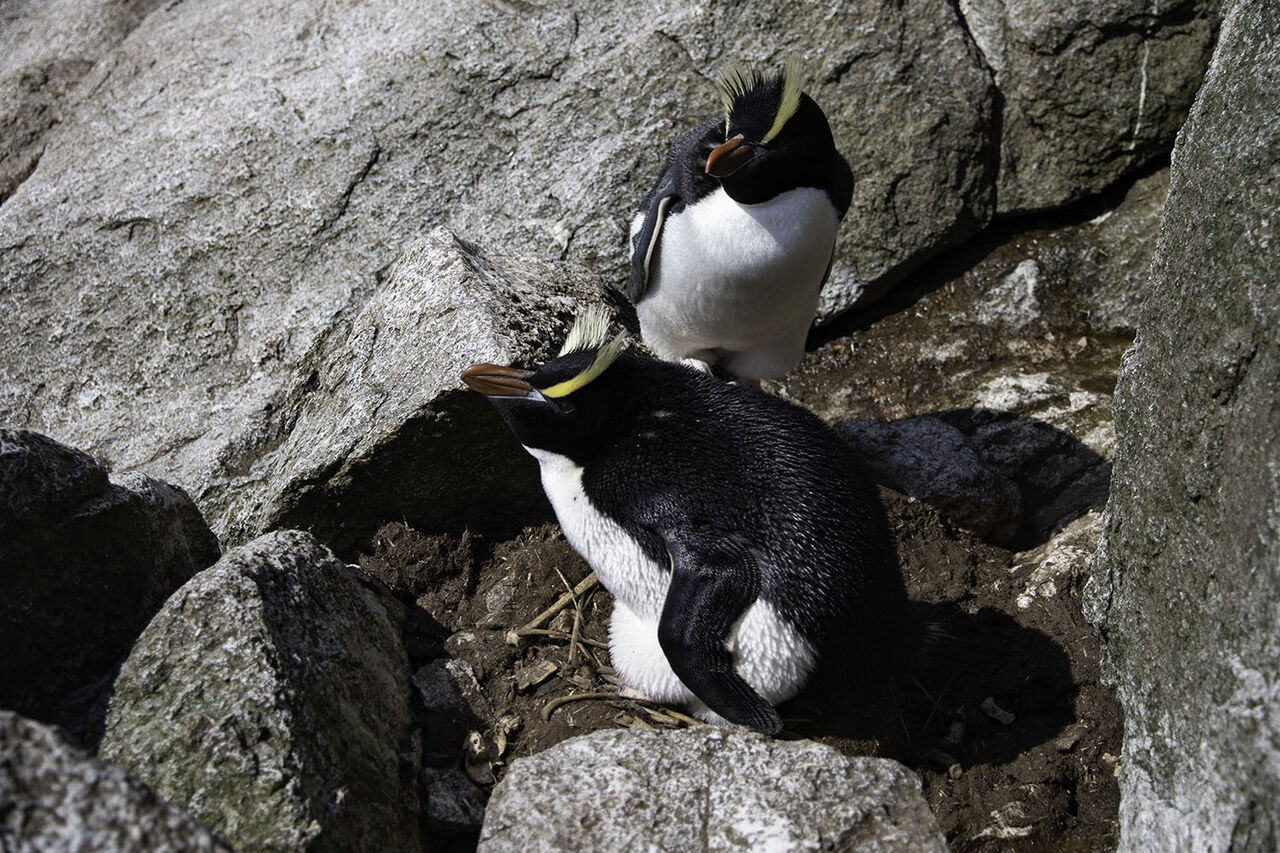
16. Royal penguin
Royal penguins (Eudyptes schlegeli) are unusual, living only on the sub-Antarctic island of Macquarie. They look like Macaroni penguins, but with white faces instead of a black ones - for this reason there is much disagreement about whether they are actually two distinct species. Together with the Macaroni penguin, these are the only two species whose crests meet in the middle.
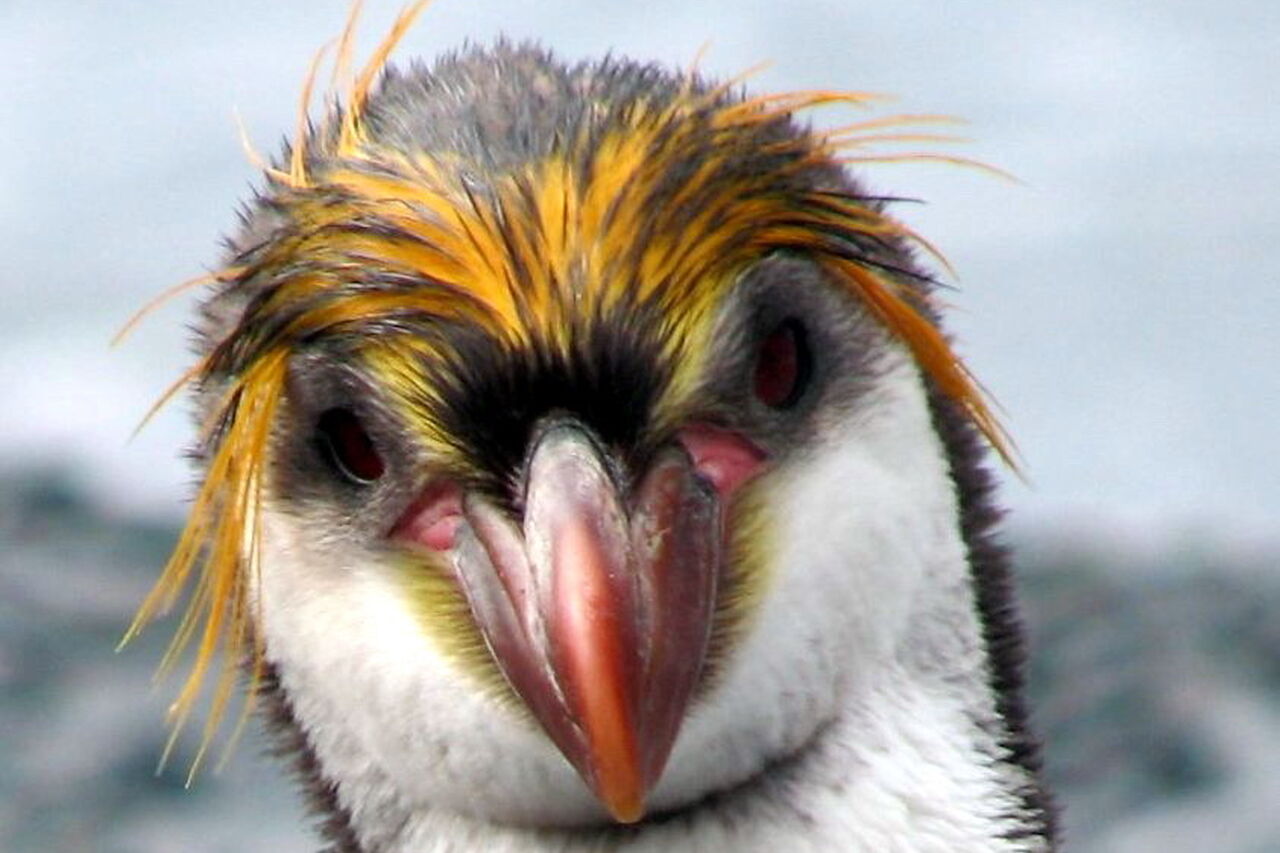
17. Humboldt penguin
Another close relative of African penguins, Humboldt penguins (Spheniscus humboldti) have a distinct black face with a white ring around it and pink exposed skin below its bill. A Humboldt penguin made world news when it escaped from Tokyo Sea Life Park by climbing a 4m high wall and a barbed wire fence. It then survived in the waters of Japan for 82 days before being found.
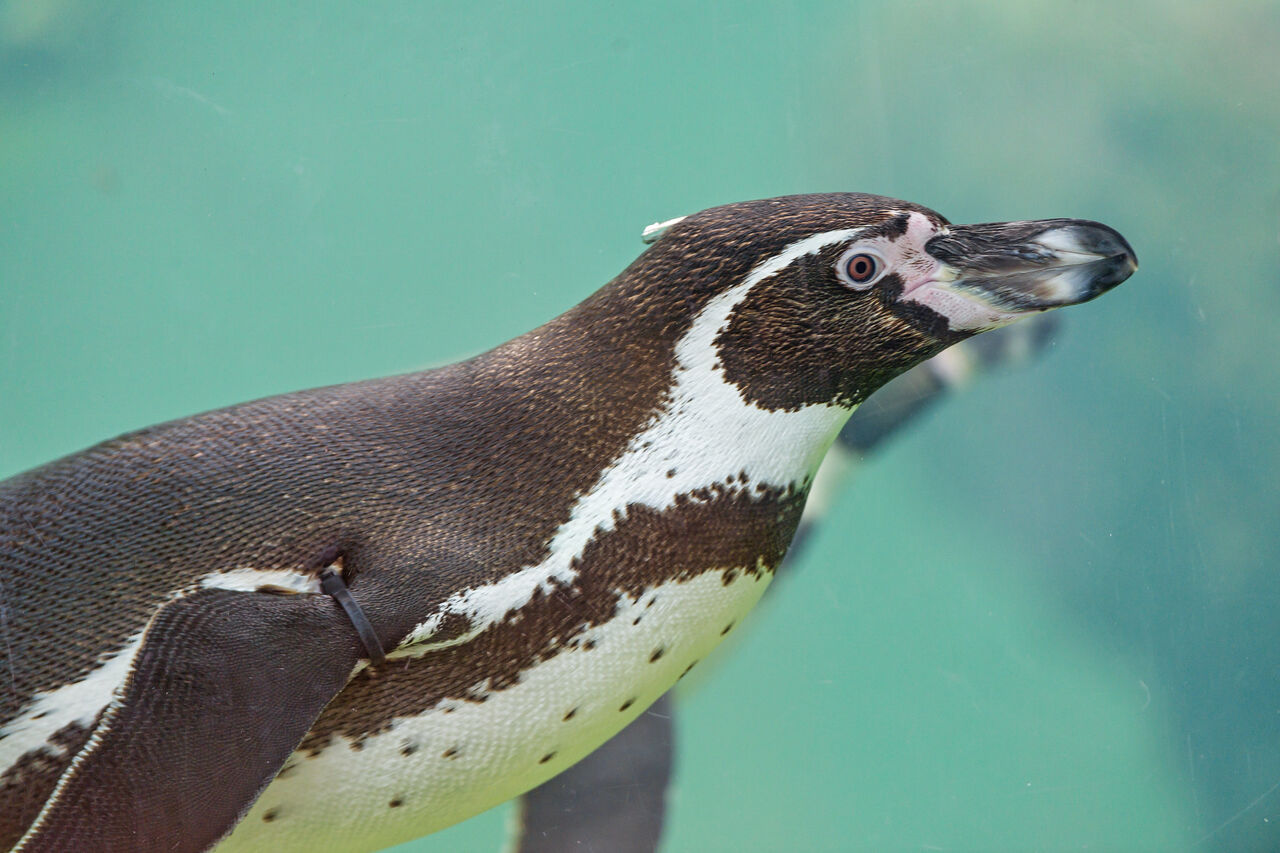
18. Eastern rockhopper penguin
Eastern rockhopper penguins (Eudyptes chrysocome filholi) are very closely related to southern rockhoppers. In fact, they can only be differentiated by their DNA and their unique birdsongs. These cryptic penguins inhabit several sub-Antarctic islands in the Indian and Pacific Oceans.
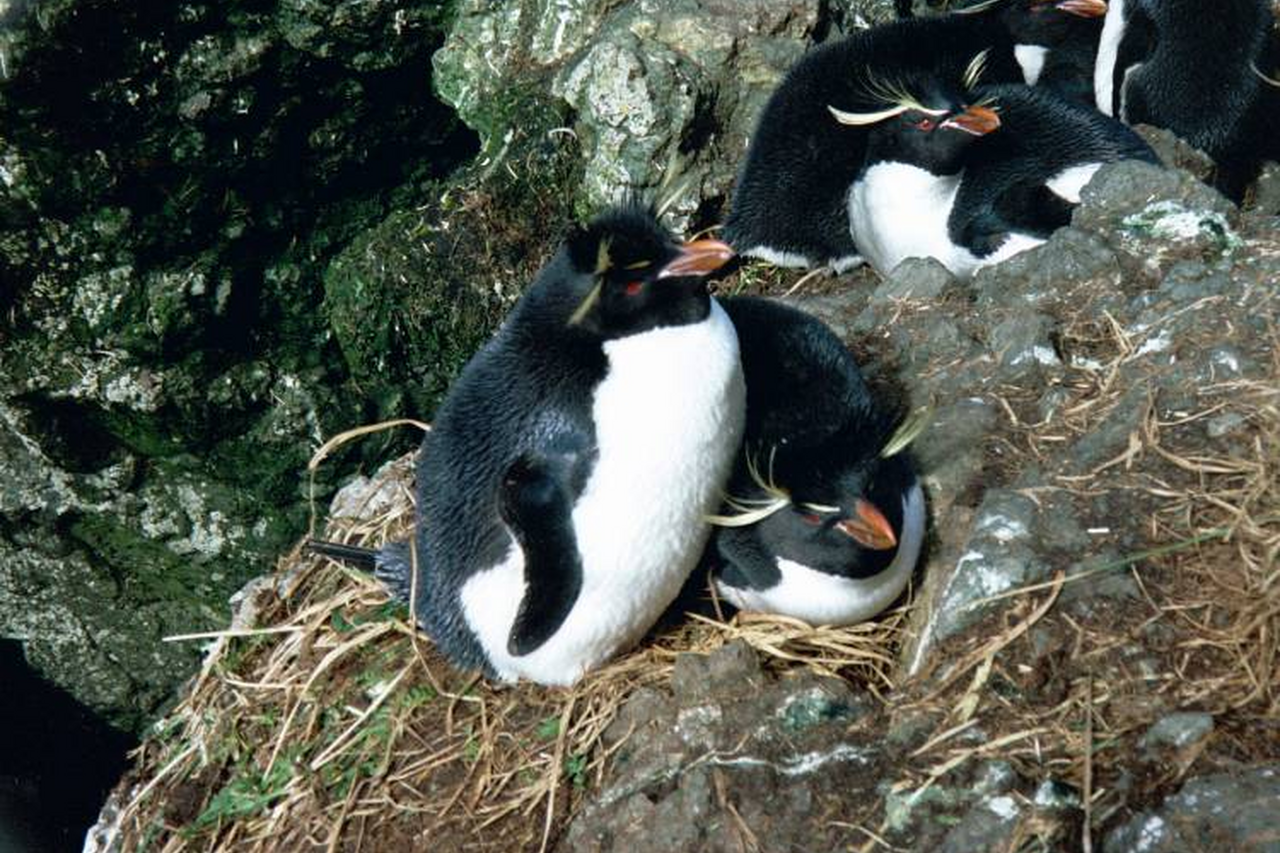
19. Fiordland penguin
Fiordland penguins (Eudyptes pachyrhynchus) are small crested penguins of New Zealand's South Island. They are unusual (and awesome), as they are the only penguin to live in rainforests!
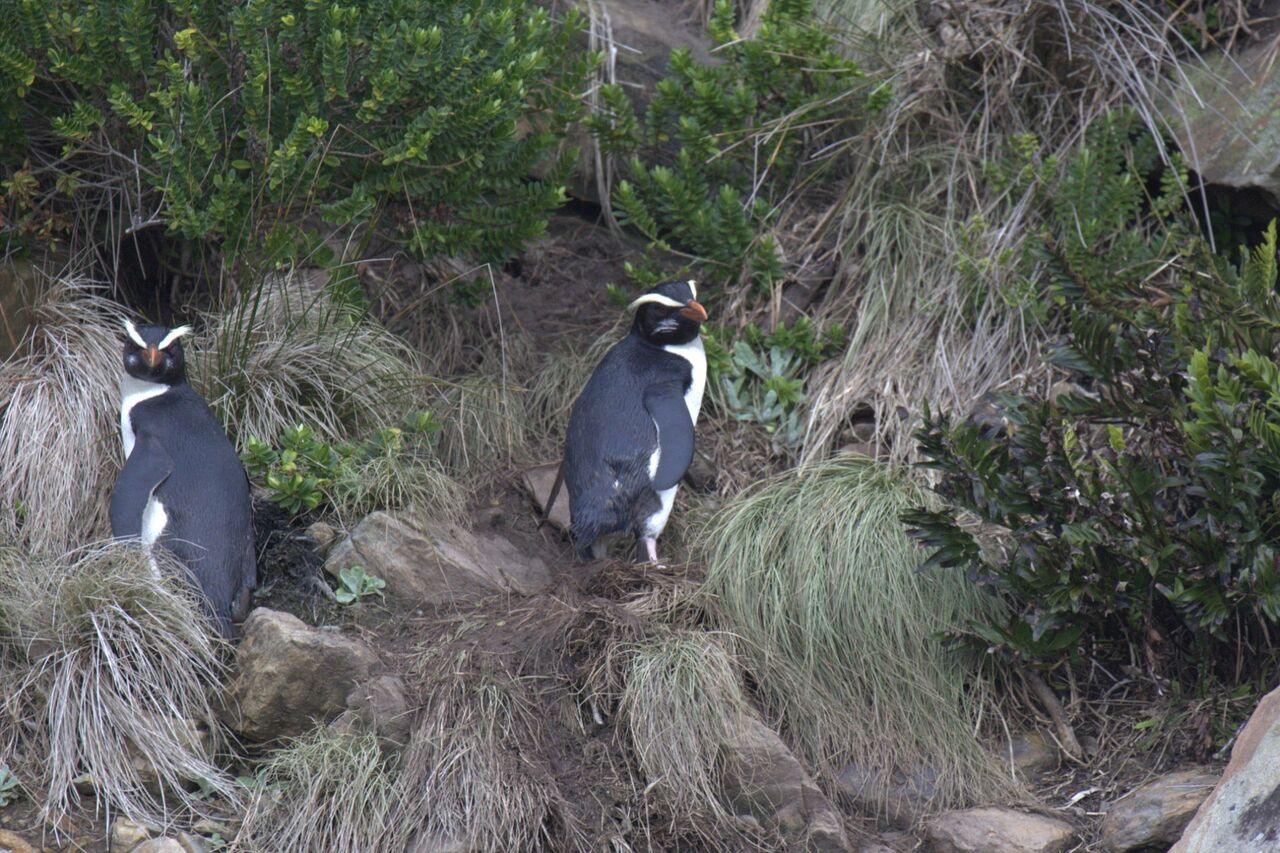
20. Allied king penguin
Allied king penguins (Aptenodytes patagonicus halli) inhabit the southern islands of the Indian and Pacific Oceans, such as Marion Island. There are no easily identifiable differences between the two types of king penguins, but they are genetically distinct. Allied king penguins tend to be highly variable in size due to the different diets they are exposed to on the islands they inhabit.
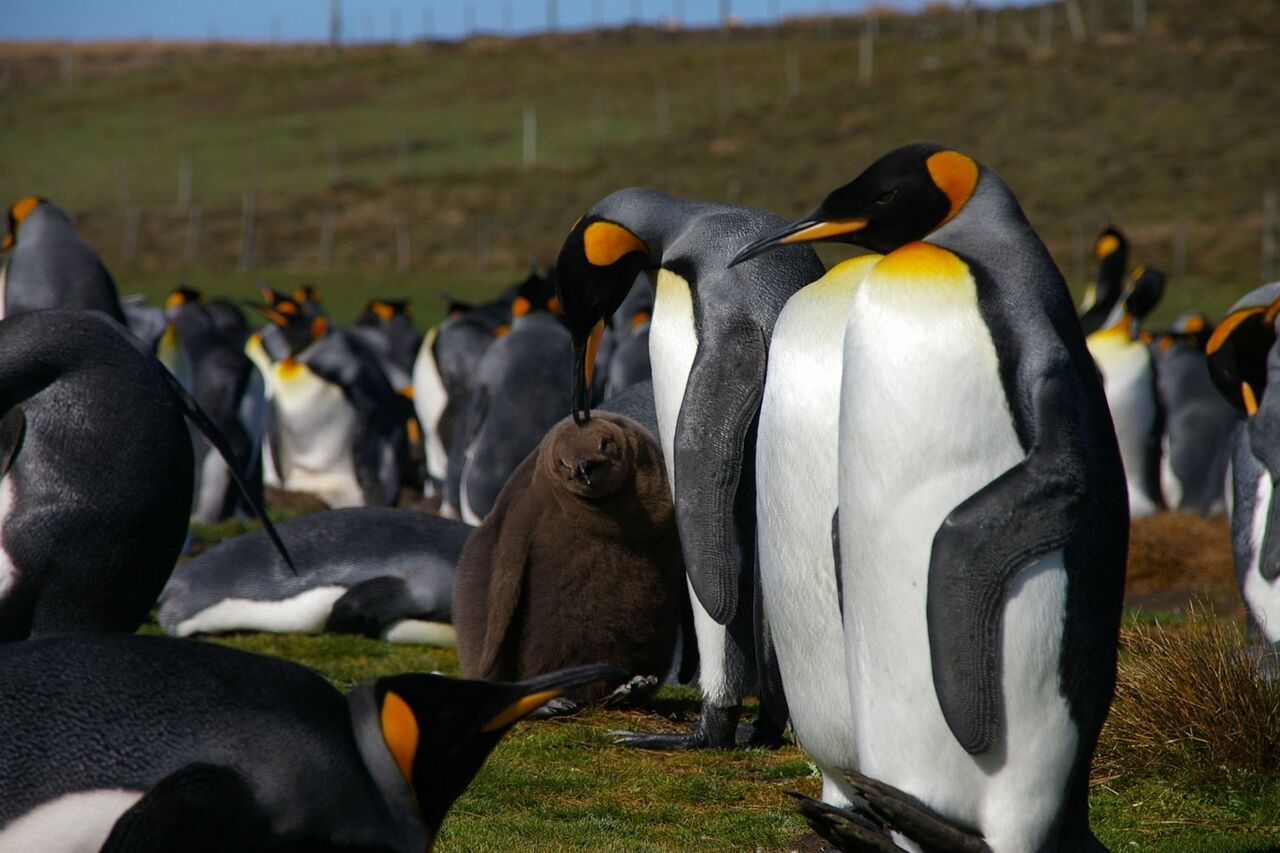
Some Gentoo uncertainty...
Gentoo penguins have generally been regarded as a single species, with a smaller subspecies that lives on Antarctica (Pygoscelis papua ellsworthii) and a larger one that inhabits Subantarctic islands (Pygoscelis papua papua), such as South Africa's Marion Island. A recent genetic study in Ecology and Evolution has revealed that not only are those two subspecies actually distinct species, but the Subantarctic variety is actually divided into three! These proposed 4 gentoo species divisions are not yet verified, but it seems certain that they will at least be regarded as new subspecies of Pygoscelis papua.
21. Falkland Island gentoo a.k.a. Northern gentoo
Gentoo penguins (Pygoscelis papua) are larger than the other types of gentoos, even though those are the ones you most likely recognise from photos. These gentoos inhabit the Falkland Islands, but are also considered inhabitants of other southern Indian and Atlantic Oceans islands, such as Marion Island, in definitions that do not include the two new species. They make their nests from mounds of grass collected near their beaches.
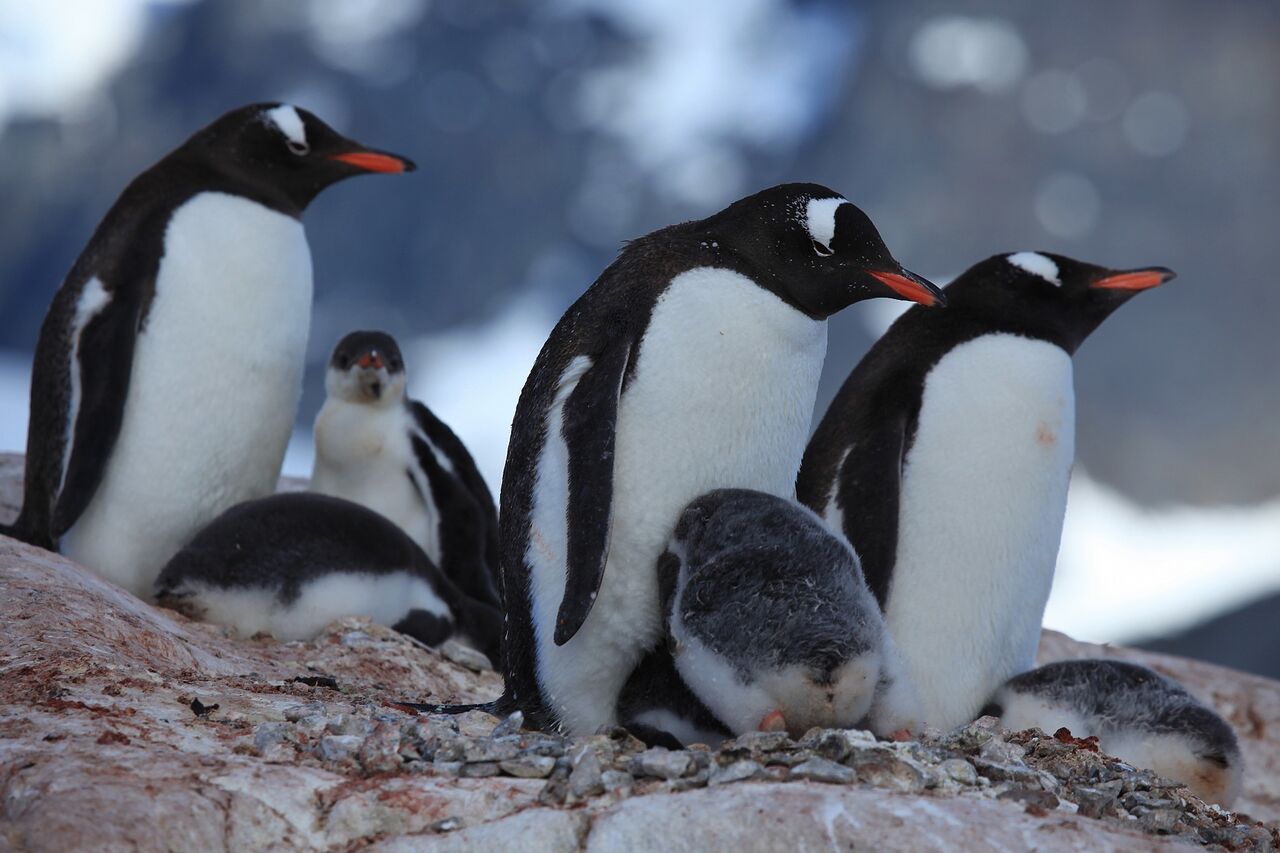
22. Ellsworth's gentoo a.k.a. Southern gentoo
Ellsworth's gentoo penguins (Pygoscelis papua ellsworthii, proposed Pygoscelis ellsworthii) live exclusively on the coast of Antarctica. They look virtually identical to their non-Antarctic counterparts, but are significantly smaller - a possible adaptation to food scarcity in the colder Antarctic waters. These gentoos have also adapted to next on gravelly beaches and the mouths of rocky glacial valleys on the Western Antarctic Peninsula, South Shetland Islands and South Orkney Islands.
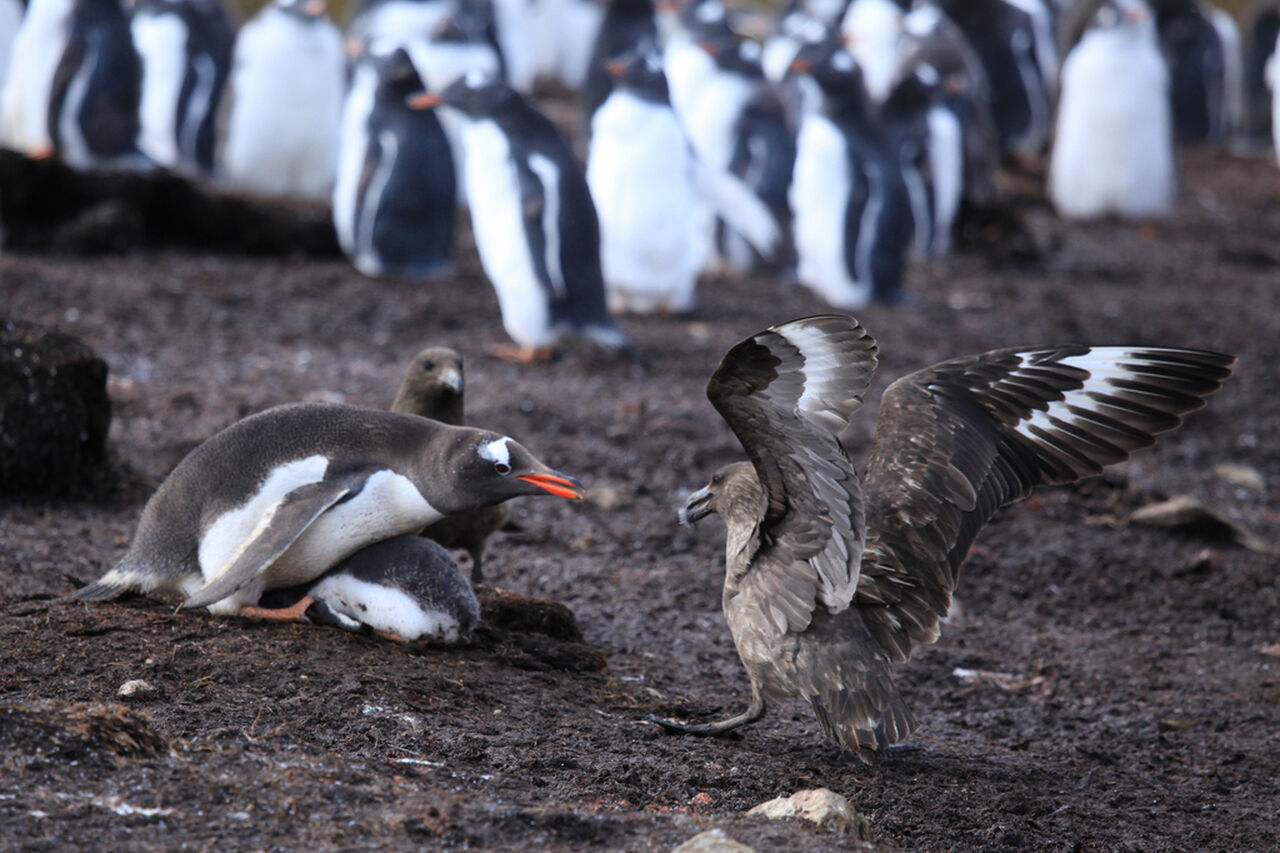
23. Kerguelen gentoo a.k.a. Eastern gentoo
Despite its name, the colour pattern of the Kerguelen gentoo (Pygoscelis taeniata) is virtually identical to other gentoos. Originally described as a member of the Pygoscelis papua papua subspecies, these small gentoos are now being more commonly regarded as a distinct species - with some speculating that they may be further divided in future. They are home to this namesake, the Kerguelen/Desolation Islands in the Southern Ocean, as well as Macquarie, Crozet, Heard and Marion Islands. - that means that South Africa's gentoos may soon be reclassified!
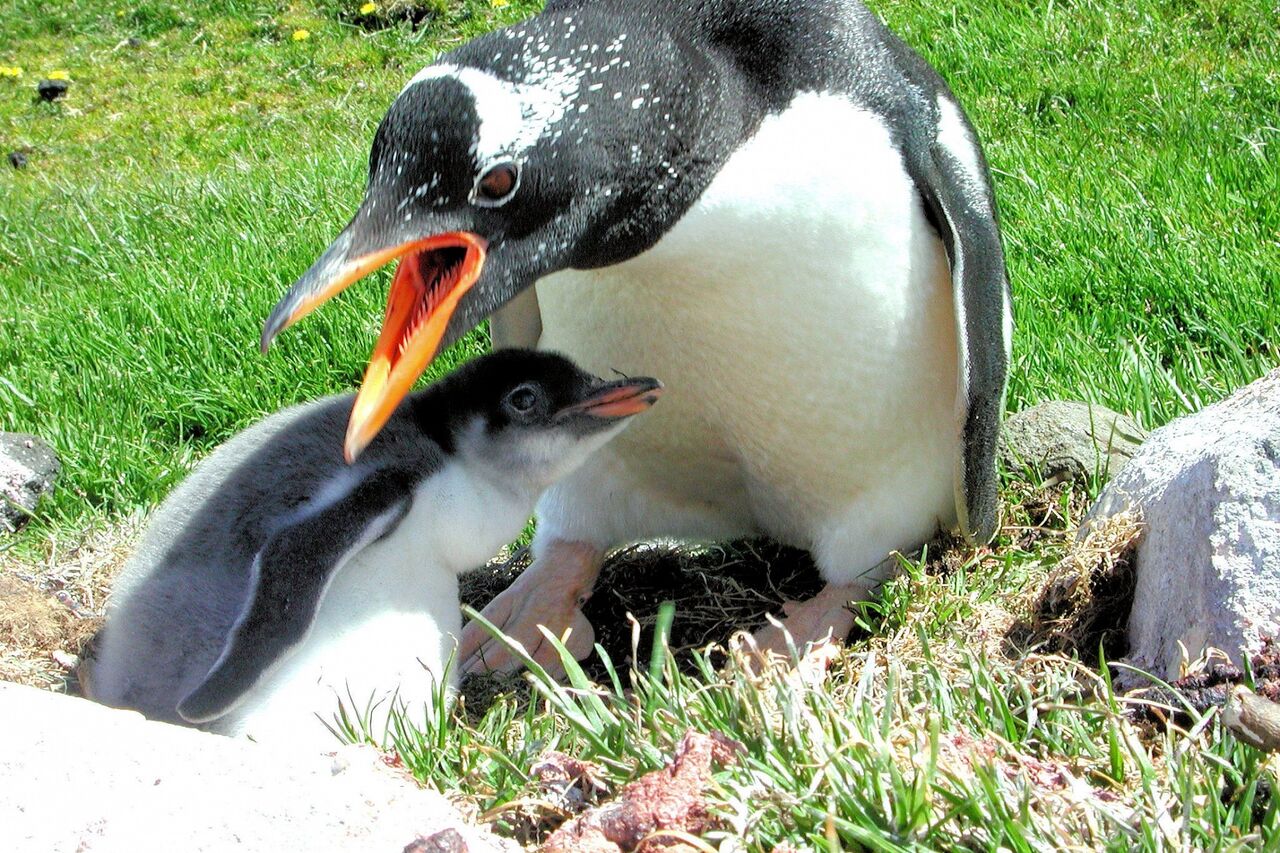
24. South Georgia gentoo penguin
South Georgia gentoos (Pygoscelis poncetii) are the second-largest type of gentoo penguin, although they too have the identical colour pattern. They are otherwise similar in lifestyle to other island-dwelling gentoos, although it has been noted that their population is in decline due to depleting fish stocks in their local waters.
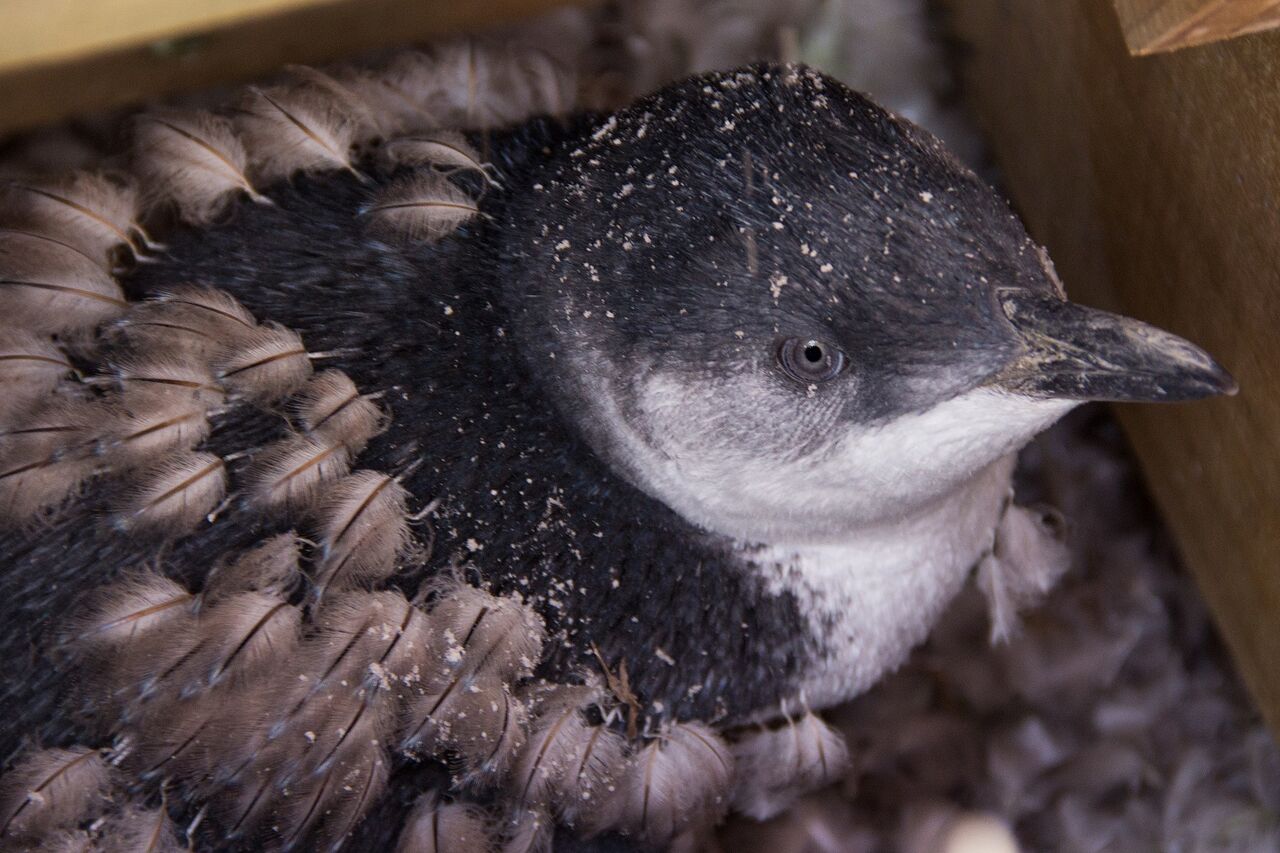
25. White-flippered penguin
The diminutive white-flippered penguins (Eudyptula minor albosignata) live in small colonies on the tiny eastern islands of New Zealand's South Island. Not only are they unique among little penguins for the white markings on the flippers, but they are the only nocturnal penguin.
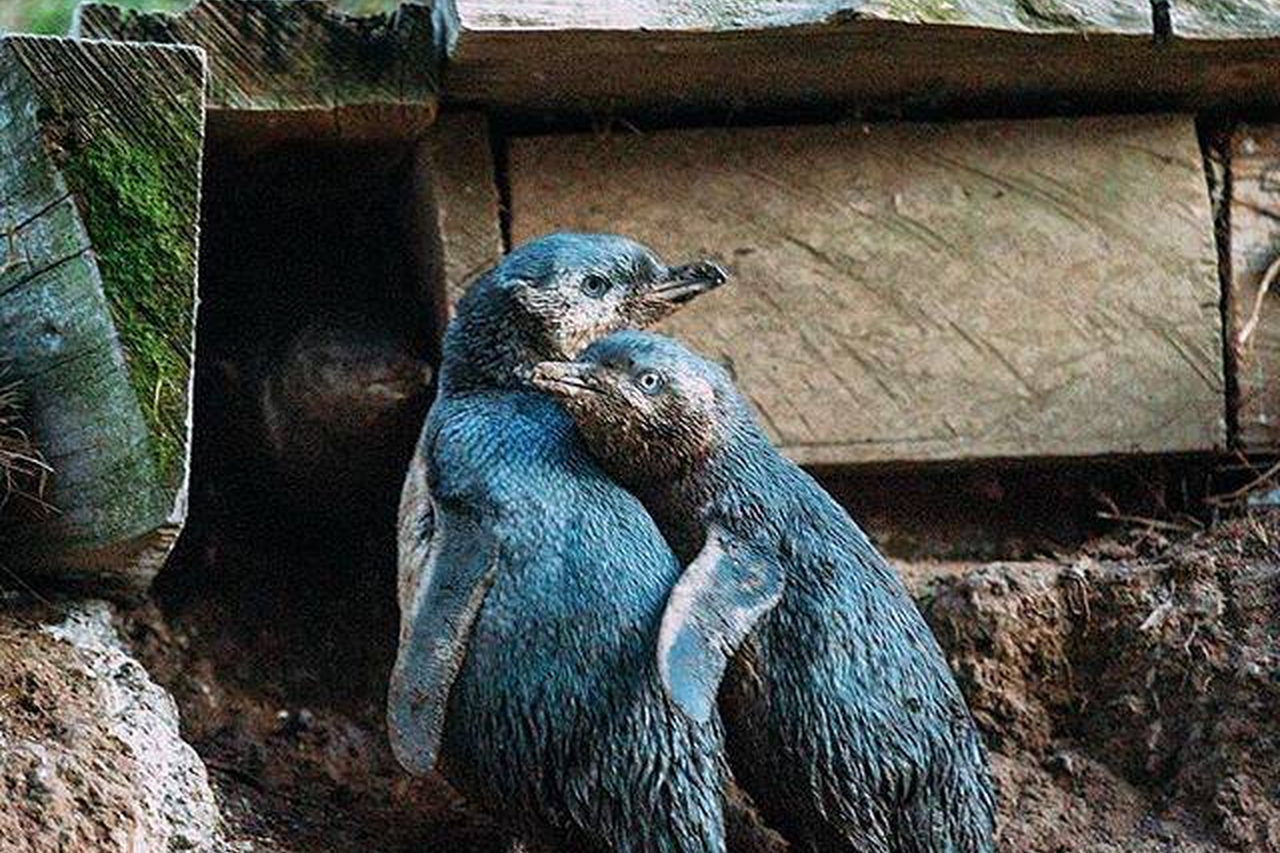
26. Cook Strait little penguin
Cook Strait little penguins (Eudyptula minor variabilis) inhabit the southern end of the northern island of New Zealand.
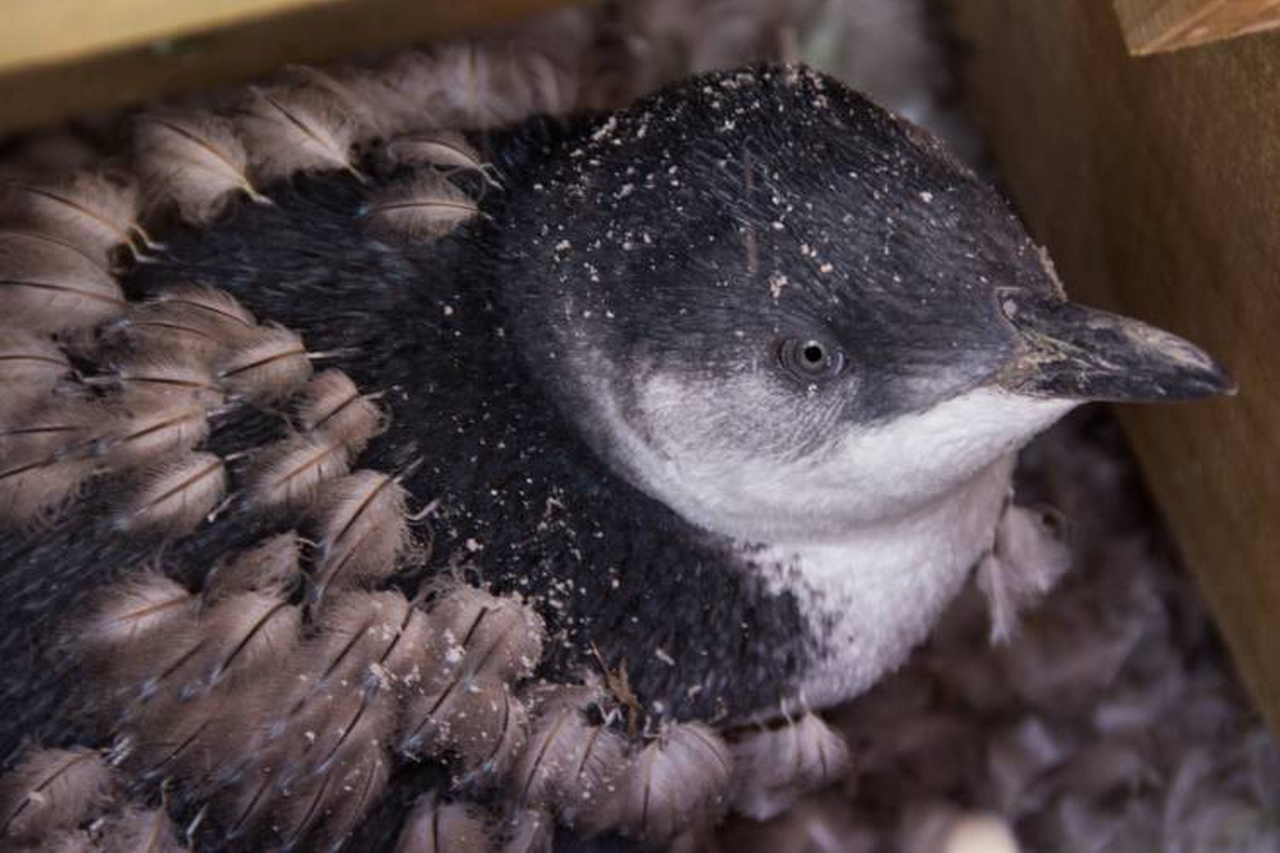
27. North Island little penguin
Northern little penguins (Eudyptula minor iredalei) live at the northern end of the northern island of New Zealand.
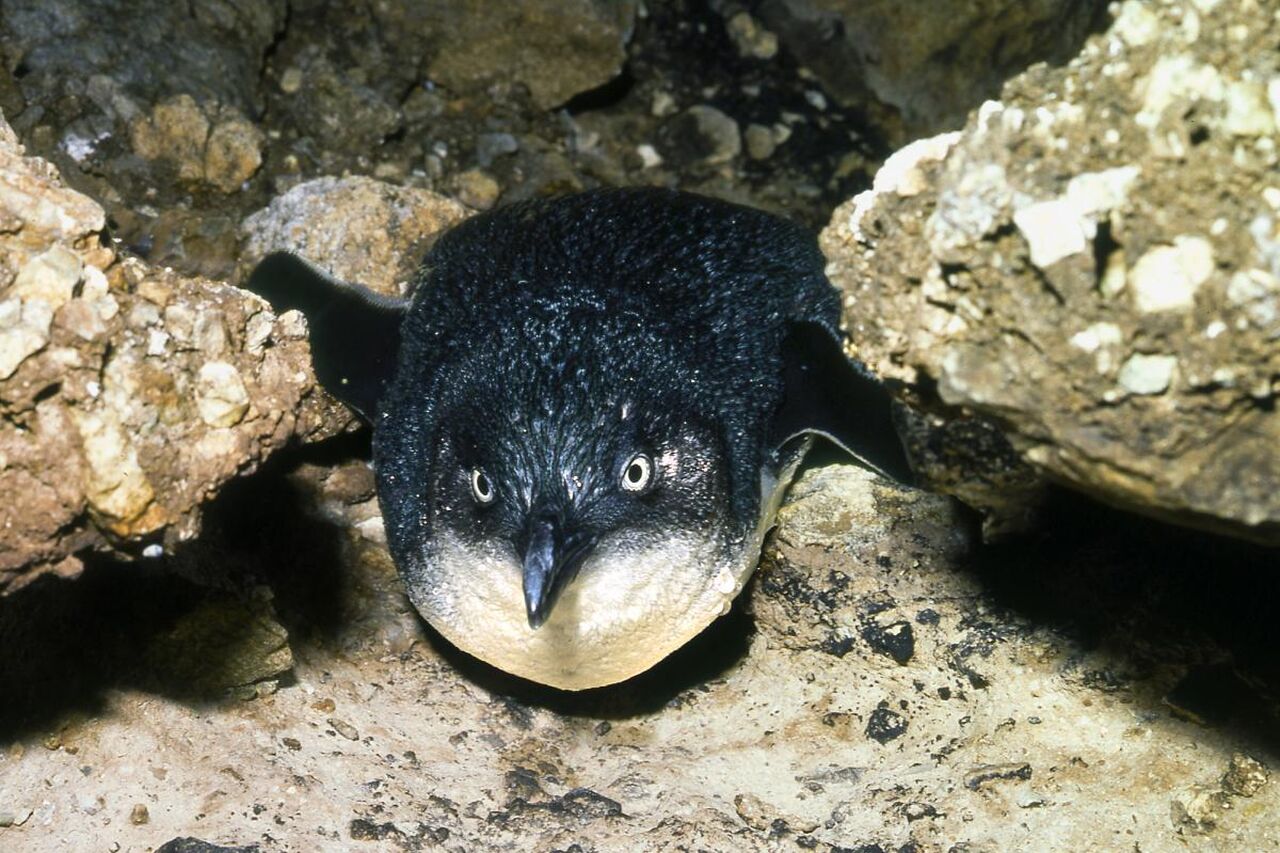
28. Chatham Island little penguin
Chatham Island little penguins (Eudyptula minor chathamensis) nest on Chatham Island, to the east of New Zealand.
